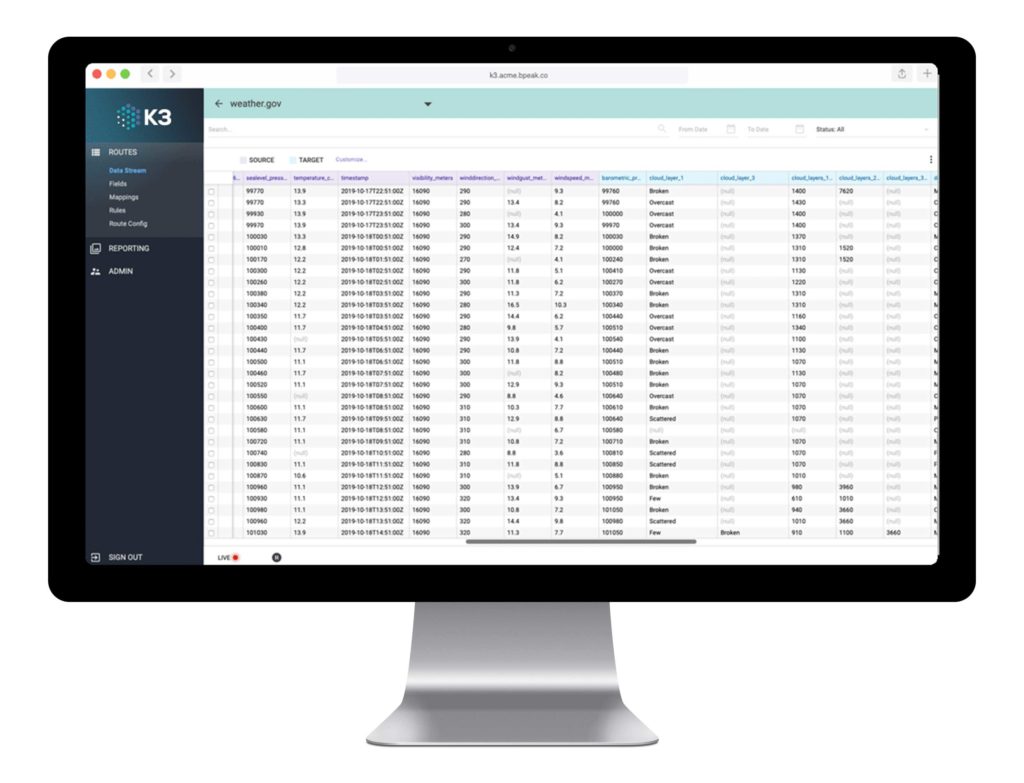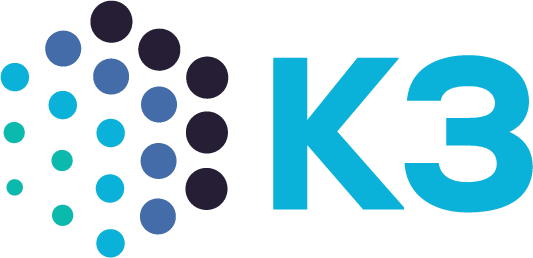The world of data management has advanced considerably in the past few years. On-site data storage is rapidly giving way to cloud solutions like Redshift and Snowflake, enabling not only more effective data movement, but entire new possibilities for optimizing operations.
Data orchestration describes the process of connecting data across an increasingly complex ecosystem, building enterprise workflows that are faster, more efficient, and increasingly automated. It’s a process coupled with integration and ETL designed to de-silo your data organization but meeting the complexity of the existing infrastructure and process. Here is an example
Lets say 3 enterprise software systems generate output. They finish at 3PM, 4PM and 5PM. Two are automatically generated and one is manually generated. We need to aggregate this data and move it to a fourth location but not until every system is complete. When it is complete the files need to be merged and aggregated but only in a certain way depending on the month. This is what data orchestration is designed to tackle.
As you can imagine, data orchestration or highly customized data flows, is a key driver for company efficiency.
Gartner reports that worldwide IT spending is expected to grow 6.2% over 2021, a massive increase compared to the belt-tightening of 2020. Much of this spending will go toward improved data management and creating custom workflows to outpace the competition. Let’s examine exactly why data orchestration works for getting more out of your BI investment.
Gartner reports that worldwide IT spending is expected to grow 6.2% over 2021, a massive increase compared to the belt-tightening of 2020.
Why Companies Need Data Orchestration
Most businesses have intelligence siloed across multiple sites, using a mixture of on-site architecture and cloud data lakes to store an ever-increasing amount of data. Data orchestration using k3 ETL is a low-code way to de-silo your organization, reducing the need for time-consuming data migrations.
What’s more, business analysts and IT teams can observe their data orchestration streaming in real-time, allowing access to better insights faster than before. With reduced wait-times for data analysis, businesses simply make more effective key decisions.
Business analysts and IT teams can observe their data orchestration streaming in real-time,
allowing access to insights faster than ever before.
Getting Started With Data Orchestration
Data silos create bottlenecks for teams making use of data for business intelligence. Simply acquiring the data is only the first step, as teams then have to transform the data for visualization and analysis. Moreover, the easy-to-find data often comes first, meaning teams have to spend increasing amounts of time searching for the next batch of insights.
PRO TIP:
Make data orchestration a hands-on effort. Talk to your IT and support staff, including data analysts, to decide best practices for your data orchestration workflows.Streamlining this process involves using K3 ETL tools to avoid bottlenecks, bringing the right data to the right teams, right on time. There’s no better way to overcome data silos than by building a data orchestration process right from the start.
Using K3 ETL For Data Orchestration
Data orchestration is a science. However, as with any great orchestra, you need an excellent conductor to make it run beautifully.
That’s where K3 ETL comes in. With K3, data integration happens across your data silos, whether they’re on-site legacy architecture, enterprise SaaS application, or private clouds.
Collecting, transforming, and utilizing this data used to take more time than teams wanted to spend, slowing the process of actually using the data to make better business decisions. With K3, data orchestration is as simple as deploying low-code tools that integrate with over 100 different applications, allowing data movement to happen faster than ever before.
To see the process in action for yourself, schedule a demo today and start building your data orchestration for tomorrow’s business needs.








